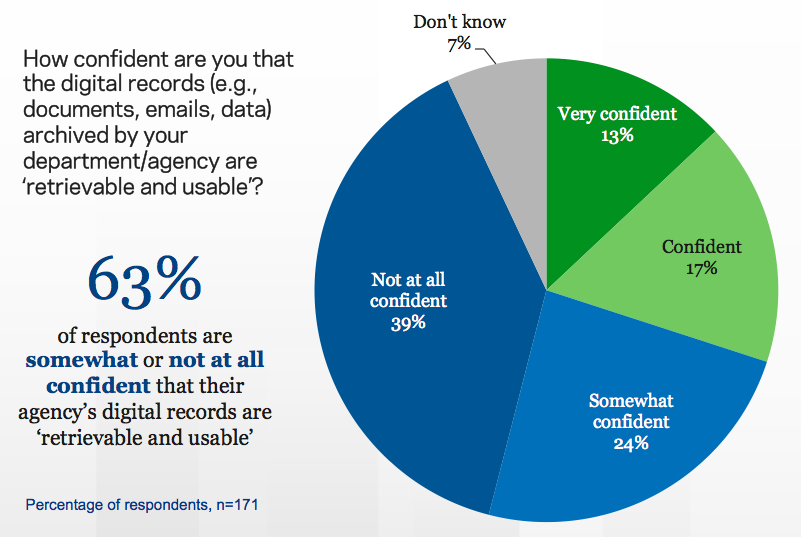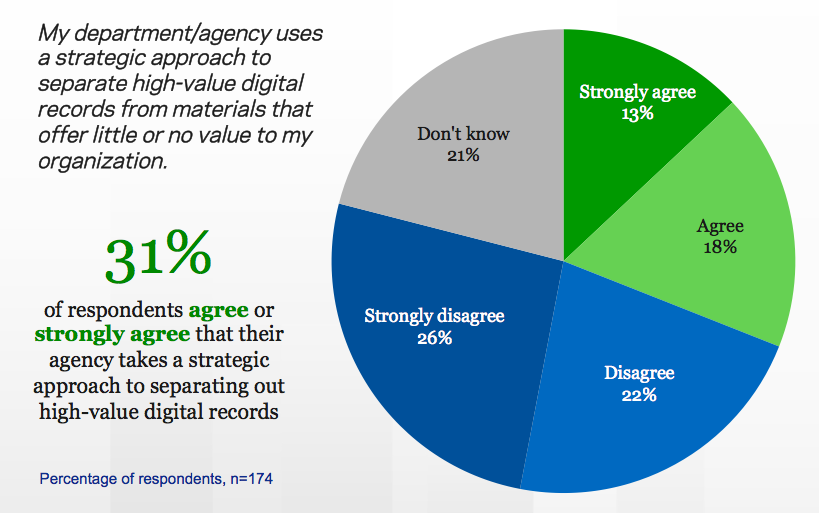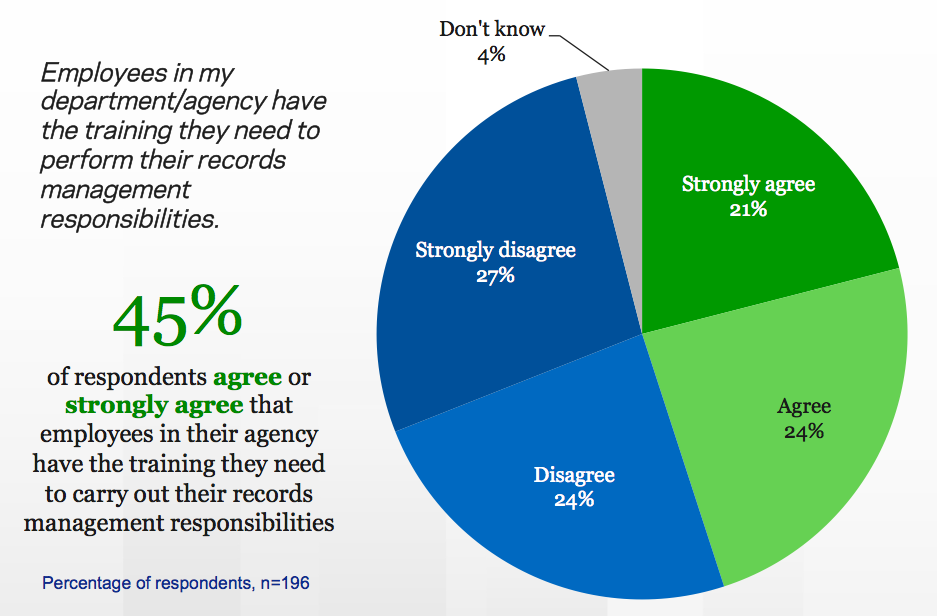
By Tom Kennedy
Tom Kennedy is the General Manager
of Veritas Public Sector.
How to Approach Your Information
Governance Strategy
Where you should start when it comes to records management
When it comes to records management, a majority of government employees — 63 percent — say they're not confident or only somewhat confident in their agency's ability to retrieve and make use of its digital records. That’s a real problem for the public sector, which is constantly pushing for more advanced, digital services. And, it’s a key reason why an information governance strategy is needed to help government leaders get the most out of their digital archives.
For decades, government operated on a “print and file” method of service. It was a period where digital records were relatively small and where access to files, like permanent document files, was fairly limited. But today, government is making a more concentrated shift to digital.
Agencies are producing many types of digital records, and those files are building up over time, sometimes at an alarming rate. This poses a big challenge for government leaders. In the pursuit of public service and transparency, the search and retrieval process can take significant time and resources.
Most agencies have defaulted to retaining too many records with the prevailing philosophy: ‘When in doubt, keep it.’ Our data shows that only 31 percent of federal employees feel that their agency takes a strategic approach to identifying high-value records for permanent archive. And, most agencies do not define specific categories of record keeping — things like the records retention period — which can leave enforcement of records up to the individual.
Retention must have a more process-driven approach. By leveraging the right tools and software, agencies can ensure that records retention is an automated process and remove much of the burden from government employees. Automation makes it easier to search for public records, particularly when it comes to FOIA requests and legal matters, and the same technology tells you a record’s age, permissions, and usage. This information informs the data lifecycle process which can guide everything from records management, to compliance, to risk factors associated with each record.
A proper retention strategy has always been important, but it is especially so right now with the looming Capstone Compliance deadline that requires agencies to digitally archive all email records by next year and permanent electronic records by 2019.
Though records management requires a long-term strategy, agencies can start off small and leverage already existing technologies. By thinking of records management as a journey, with multiple stops along the way, agencies can begin to find larger payoffs from their information governance plan.
For more on information governance with Tom Kennedy, register today for the Viewcast: Using Information Governance to Streamline Records Management






